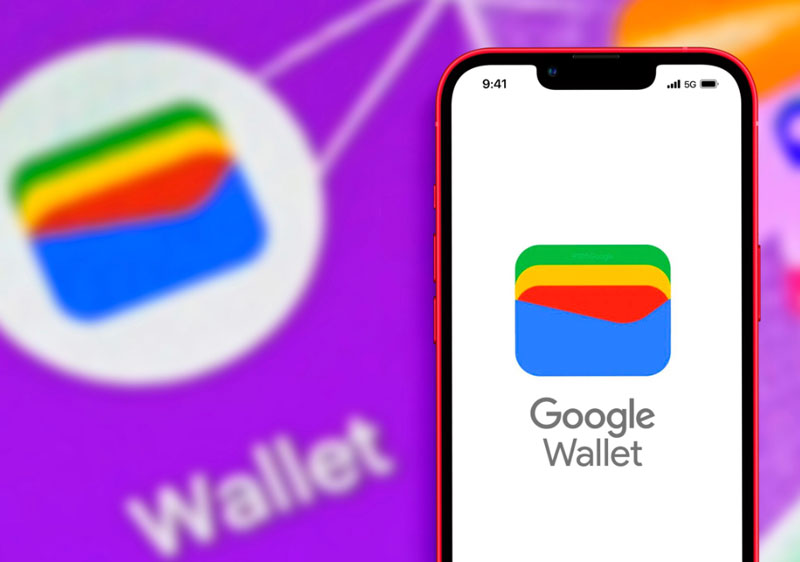Google Wallet, a virtual payment platform, is now available at five financial institutions in Ecuador. Here’s how you can start using it.
Google Wallet launched in Ecuador on February 28, 2023, in partnership with Visa and Mastercard. Initially, it was accessible to customers of Diners Club and Produbanco. By April 26th, Banco Pichincha also enabled its cards for Google Wallet, signaling a growing adoption among Ecuadorian banks.
“Banco Pichincha is committed to digitalizing Ecuador’s economy through this strategic partnership with Google,” said Tadeo Cordovez, the bank’s Media Manager.
On May 2nd, Banco Guayaquil followed suit, with CEO Angelo Caputi confirming the availability of Google Wallet for their customers. Most recently, this month Banco Bolivariano announced its participation, with CEO Vicente Vallarino expressing enthusiasm for providing Visa cardholders with a safer, more convenient payment option.
“Digital wallets, being user-friendly and widely accessible, can drive a 3% increase in a country’s Gross Domestic Product (GDP),” notes Armando Betancourt, Head of Partnerships at GPay Latam.
Getting Started with Google Wallet
Google Wallet is compatible with Android phones, Wear OS devices, and Fitbit, allowing users to make contactless payments via added credit and debit cards.
The aplication uses a device-specific alternative card number (a token) and a dynamic security code for each transaction. Here’s how to set it up:
- Download the Google Wallet app.
- Open the app and select the option to add a card.
- Scan or manually enter your card details.
- Press “Continue” to complete the process.
The Rise of Digital Payments in Ecuador
The introduction of Google Wallet coincides with a significant rise in digital payments in Ecuador. According to the Central Bank, 183 million digital interbank transactions worth $176.7 billion were processed in 2022—a 51% increase in value compared to pre-pandemic 2019 levels. The shift towards digital payments was accelerated by the COVID-19 pandemic, which forced many to adopt new payment methods due to mobility restrictions and social distancing.
Romina Seltzer, Senior Vice President and Leader of Products and Innovation for Visa Latin America and the Caribbean, attributes this growth to two key factors. First, the widespread use of mobile phones—six out of ten Ecuadorians had an active cell phone in 2022, according to the National Institute of Statistics and Census (INEC). Second, advancements in technology have turned mobile phones into payment terminals, enabling more businesses to accept digital payments.
Benefits of Digital Payments
Digital payment methods are increasingly prioritized by governments, banks, businesses, and consumers. For consumers, these methods offer easier access to goods and services, as well as credit, which in turn boosts purchasing power. Businesses benefit from increased sales and reduced costs, as they no longer need to handle physical cash, lowering the risk of theft.
For the government, digital payments contribute to the formalization of the economy by making transactions traceable, reduce bureaucracy by enabling online payments for public services, and streamline the distribution of social benefits. For instance, the number of electronic transfers for the Human Development Bonus in 2022 was six times higher than in 2019.
Challenges in Digital Payments
Despite these advantages, digital payments in Ecuador face challenges, particularly in infrastructure and connectivity. For example, on February 18th, users reported issues with payments and ATM withdrawals due to a data center disconnection at Telconet, a private banking service provider.
As digital payments continue to grow, addressing these challenges will be crucial for sustaining their adoption and maximizing their benefits for the Ecuadorian economy.



0 Comments